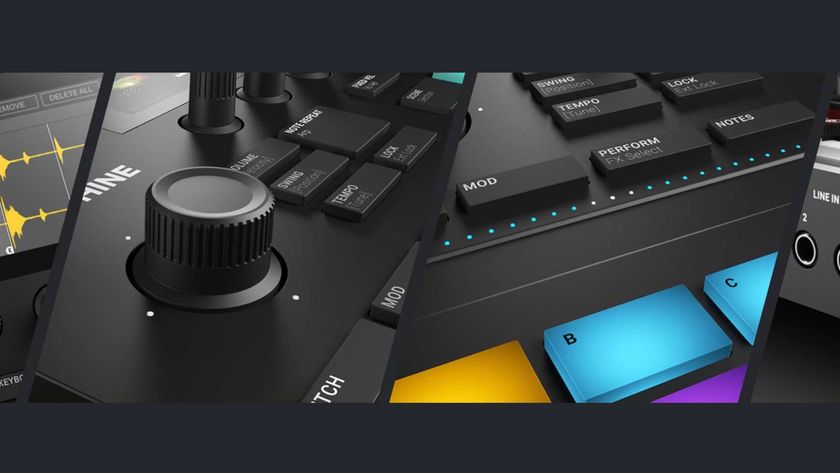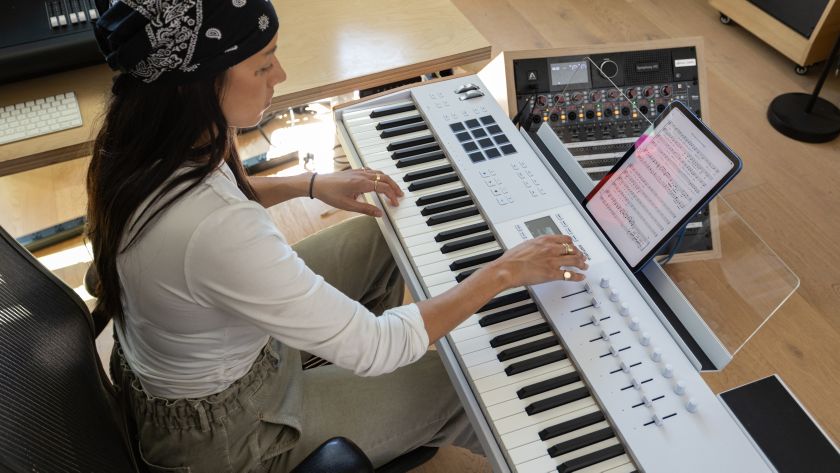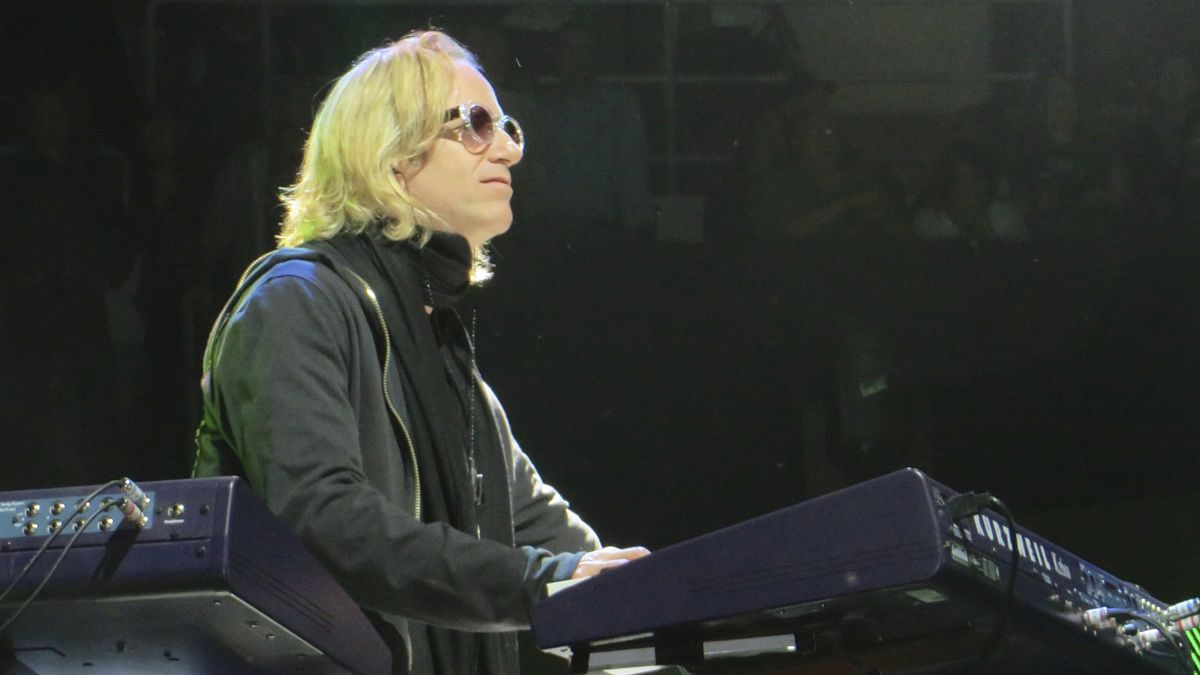
Kim Bullard is a giant in the world of keyboard players.
Elton is such a worldwide star that we have three totally separate backline rigs. Each of those three rigs has a backup, so there are six sets of gear.
With a list of credits that includes classic American acts like Crosby, Stills and Nash, Santana, Heart and Eddie Money, and artists as diverse as Nine Inch Nails, Megadeath, Carrie Underwood, Weird Al Yankovic, and most notably, his current employer, Elton John, he's very much at the top of the game.
Here, as a companion piece to his new Keyboard Magazine interview, he takes us inside the tech that helps him rock stadiums around the globe.
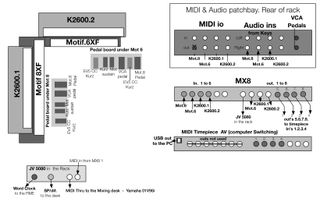
You seem to be using a similar Yamaha and Kurzweil-based rig to the one that your predecessor Guy Babylon used?
"We changed out quite a number of sounds, changed out the mixers, some keyboards, but the basic layout is the same.
"Elton is such a worldwide star that we have three totally separate backline rigs that can be anywhere in the world, so we can ship gear, and fly in to meet up with the gear to do one-off shows if need be. Each of those three rigs has a backup, so there are six sets of gear.
"Making any change involves changing all six sets of gear, so our first choice is to get the most out of what we have, and this has worked well for us. The rigs have proven to be extremely stable, and they sound great. There are some pretty active songs, meaning I have a lot to cover.
Get the MusicRadar Newsletter
Want all the hottest music and gear news, reviews, deals, features and more, direct to your inbox? Sign up here.
"I don't want to add the possibility of human error by having to make patch changes in the middle of songs, so we use all four keyboards to spread out the sounds on. We need all that physical space.
"Tony Smith is the keyboard tech, and like everyone on our crew, is the absolute best at what he does. He is invaluable to me."
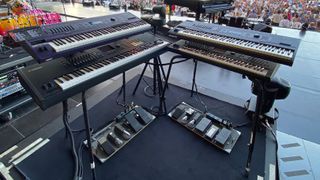
What are the main keyboards and sound generators in your rig?
"My keyboard rig consists of two Kurzweil 2600s and two Yamaha Motifs. Those are connected to a Digital Music Corp MX- 8 MIDI Patchbay.
"Other gear includes Roland XV-5080 modules with multiple cards, a PC Laptop with HALion that holds soft synth versions of keyboards like the Yamaha DX7, Minimoog and Prophet-5, plus the Native Instruments' B4 Hammond B3 clone.
"We also use sample libraries including things from Symphobia, a lot of Gigasamples, and other things we've created, plus we full up the sample memory of all the keyboards.
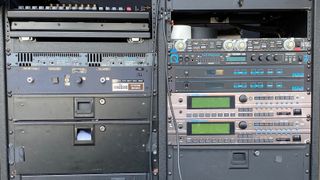
What else can you tell us about the gear you are using with Elton John?
"No one keyboard is featured for anything specific, everything is multi-purpose. Through a MIDI patch bay, any keyboard can play sounds from any other keyboard, rack synth or soft synth, so sounds can be coming from any source or combination of sources, and can be played on any keyboard, in any range.
"Yes, it can be confusing. The rigs themselves do actually sound very good, and there is a reason for that. We have a super high end VCA on the main output to FOH that is controlled in parallel by two volume pedals."
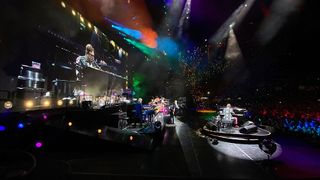
"In line, after the mixer and before the VCA, is an Empirical Labs Fatso that adds punch and warmth while holding levels out of the mixer in check. That helps us pay attention to gain structure. The whole rig is run with a very good conditioned power source.
"These things add up to make a difference, and make the keyboards a lot easier to deal with for our sound guys. Also, note to future touring keyboardists, be sure to have tones programmed in on each keyboard that are set at -0-. This way the FOH guy can set levels without having to do sound checks.
"In terms of sounds, one thing I can speak to is strings. There are a lot of string sounds in Elton's music. I use different sounds on every song, but most of these are a combination of a few solo string patches with muted strings and/or small sections like quartet or chamber strings.
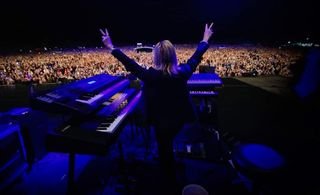
"A problem I have found with a lot of string libraries is that they have, say, 30 or 40 players on one note. That sounds amazing if you are playing one note. But if you are doing four or five notes on a string part, that's 200 strings. That's ridiculous.
"It ends up sounding like mush. Smaller number of samples per note makes the articulation better, gives the strings character, and makes them speak better in a mix. Just something for readers to consider."
